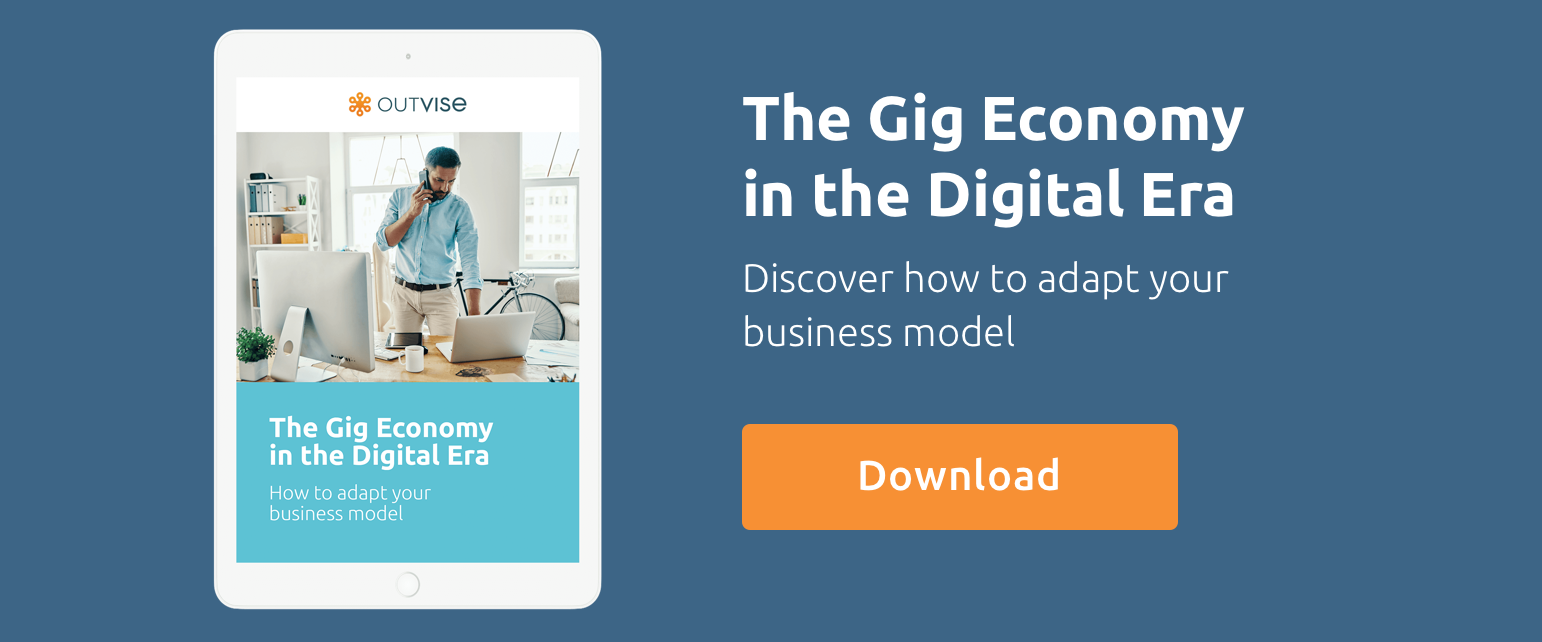Table of Contents
What is the customer journey?
The customer journey is the entirety of experience a customer has with your brand. It lays out a detailed map of how a customer begins and ends their interaction with you. The customer journey does not look at how only one part of the transaction works. Instead, it looks at every single stage of the customer’s process with your brand. It looks at how a customer arrives at your company and the various potential routes they can take within it. It takes into account arriving, purchasing, browsing, feedback, return visits, and more.
Businesses can analyse what is happening in the customer journey to identify problem areas or strong points. They can then use this analysis to optimise aspects of the customer journey with the ultimate aim of improving sales and customer experience. Services can then be designed around the results of the customer journey analysis which takes into account all interactions with the customer. These can be online interactions and physical interactions, covering for example retail experience, online interactions, customer services, call centres, email responses, newsletters and social media. All of these touchpoints have a specific role to play in deciding how the customer journey will continue and one can use different methodologies to map and assess how good a customer journey is.
How does it help a business focus on the customer?
Employing the customer journey for an examination of a customer’s actions has two distinct benefits:
- It enables management to make customer-centric decisions
- It facilitates the smoothness of the customer’s journey through its interactions with the company from a sales process to the response of customer service, especially in omnichannel services and interactions.
Embracing these two customer-centric principles throughout your customer journey analysis will ensure a focus on profit throughout your sales team and improved engagement in key interactions with the customer, covering the main aspects of a customer’s experience with the company.
Designing the customer journey map
Step 1 – Mapping your customer journey
To create a successful customer journey map, you will need to begin with research. The research you begin with will form the basis of your entire map. Once the key customer interactions are understood, one needs to assess how effective they are, how well they achieve their designed purpose, and how a customer experiences them (is the interaction satisfactory or painful). To assess this, there are two main ways of doing this, by analytical research and through qualitative research.
- Analytical research involves the close, deep analysis of the customer journey. It is based on statistical, factual evidence and shows a clear progression from one point to another in the customer journey; from the beginning of their journey to the end. This analysis could be more easily done on website visitors than traditional shopfront users; there are web tools that have this analysis built-in. Analytical research will be used in all kinds of interactions with customers, how they interact with the brand on social media, customer services and call centres, etc. This analytical research could also be conducted through process audits which make a comparison between past behaviour against pre-established benchmarks to uncover where there are areas for development and rectification and where is not as efficient as it could be.
- Qualitative, word of mouth research. This kind of research is more suitable for leads entering a physical shopfront. The customer’s movements and behaviour around the shop can be traced. Business owners can then collate and compare the data and come to a conclusion about how to improve the customer experience. Another form this can take is through mystery shopping exercises. These plant “fake” customers into the customer journey and report back on their experience. A further form that qualitative research can take is through all the ways that customers interact with the business; take a look at the data around website, newsletter and social media interaction, as well as in customer services. This will give an indication of how customers are navigating the entire service, not just sales.
Step 2 – Put yourself in the customer’s shoes
Imagine yourself as the customer, how would you interact with the brand if you were approaching it? Look through the customer’s eyes at the processes and experience that you offer in an unbiased manner. This is what the methodologies behind designing a customer journey are based on, metaphorically. Analyse what is satisfying and what is not. A customer journey map should take into account how customers’ reactions to their interactions with a company diverge. What does one customer do compared to another? Using these analyses to contrast experiences against another should show you how the divergences that customers make change the result of the journey itself. How does each specific interaction place the customer in a certain place? The methodologies used can include surveys, mystery shopping exercises and specific customer feedback.
Step 3 – Pinpoint key touchpoints or “moments of truth”
Touchpoints are a way of talking about all the different points where customers or prospects make contact with the brand – email, social media, in-store, newsletters. Which of these touchpoints are working and which are not? Where does a customer go after each of these touchpoints? Analytical research can show how these touchpoints produce certain obstacles and give you a starting point to overcome them.
Special care must be taken to “moments of truth” where customers experience the brand in a critical way and where satisfaction and dissatisfaction is created in an intense way.
Step 4 – Where does the customer end up?
Map out exactly where a customer goes when they reach the end of the journey, both if a customer achieves successfully or not the purpose of its interaction with the brand (such as a purchase, access to information, requesting changes or managing its service). If the interaction was not successful, why not? What led them to that point? The same analysis should be made for those that did have a successful engagement. What led them to that point? How can we make them come back or purchase again? Building a lasting customer relationship involves emotion. How can a business build an emotional relationship with their customer that inspires loyalty and subsequently repeat purchases or interactions?
As another example of qualitative research, a company can engage in interviews with individuals who interact with the brand.
Step 5 – Offering a better journey
Make an action plan that takes into account all of the problem areas and inspires repeat purchases. What would entice a customer to come back? Look at the role social media, newsletters and email correspondence play in building customer loyalty and build on previous positive outcomes.
Engage the whole organization in customer driven targets while embracing a culture that allows flexibility within a desired behaviour. Targets should be aligned to the corporate strategy when it comes to business targets and customer experience but need to be relevant for each of the different areas of the organization to ensure that touchpoints improve where it is needed as well as overall customer journey experience.
Map that action plan with the entirety of the company’s teams in order to have a consistent strategy. The whole of the company should be on board with the progression of the customer journey map.
Map out your way to success
The key to a successful customer journey map is to think about the purpose of mapping. In the world of cartography, a map lays out well-trodden paths made over repeated use. Maps can, therefore, be followed repeatedly with some certainty. From maps, we learn which way is the fastest, most efficient and effective. They lay out a plan for future generations to follow with consistency and reliability. The same applies to the customer journey. Any map you do create should work well time and time again.
Eusebi is Co-Founder and CEO at Outvise, with a demonstrated history in the management consulting industry. He's a seasoned entrepreneur with a strong background in Business Planning, Entrepreneurship, Strategic Partnerships, Business Transformation, and Strategic Consulting.






No comments yet
There are no comments on this post yet.